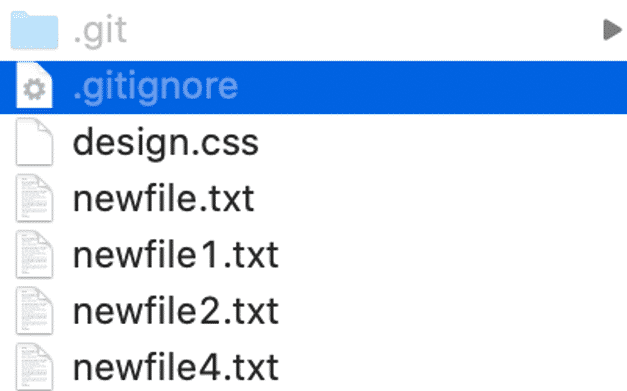GIT is an excellent way to manage your projects, store version control, and collaborate with others. This article will show you how to add Gitignore to your repo so that you don’t have to worry about tracking unnecessary files. The file will be used to ignore files that you don’t want tracked in Git and may cause conflicts with other projects.
What does Gitignore files mean?
Gitignore files can be described as an executable file that could be any file , or one directory that contains all files we wish to eliminate. Developers remove files that aren’t needed to run the project. Git produces a variety of unnoticed files generated by the system. Most of them can be hidden. There are a variety of methods to indicate which files to be ignored. Files that are ignored can be tracked in a .gitignore file, which is in the directory root of the repository. There isn’t a specific command that can be used to ignore the file.
There is no specific command to ignore git; instead it is the .gitignore file that has to be edited and then committed manually when you create a new file you want to disregard. Gitignore files store patterns that are compared with the name of the repository in order to determine if they can be not ignored.
How to Add Gitignore to Your Repo
There isn’t a command in Git to ignore files. However there are many methods to indicate the files that are to be ignored by the Git program. One of the most popular options is to use that of the .gitignore file. Therefore, in order to ensure that the gitignore file works, you need to add this file to your repository. The way to add is very simple.
First of all, create a new file with the name .gitignore If you don’t have it within your directory. To create a file make use of the command cat or touch. This command uses the following commands:
touch .gitignore
or:
cat .gitignore
The above command will generate the .gitignore file within your directory. Keep in mind that you work on your preferred directory.
After completing the above command, the .gitignored file will be created and appear in your repository.
To be more sure, you can track the file in the repo by doing the following image:

With that, you have completed the steps to add Gitignore to the repository. You can continue working with the gitignore file to ignore the files you don’t want as instructed in our related Git articles.
Conclusion
Adding gitignore to your repocan help you keep track of which files should be excluded from version control. By excluding specific files from Git, you can reduce the amount of clutter in your repository and make it easier to manage changes. Hopefully through this article you will be able to manipulate files more easily. If there are any difficulties, do not hesitate to contact us immediately for support as soon as possible. Thanks for reading!
